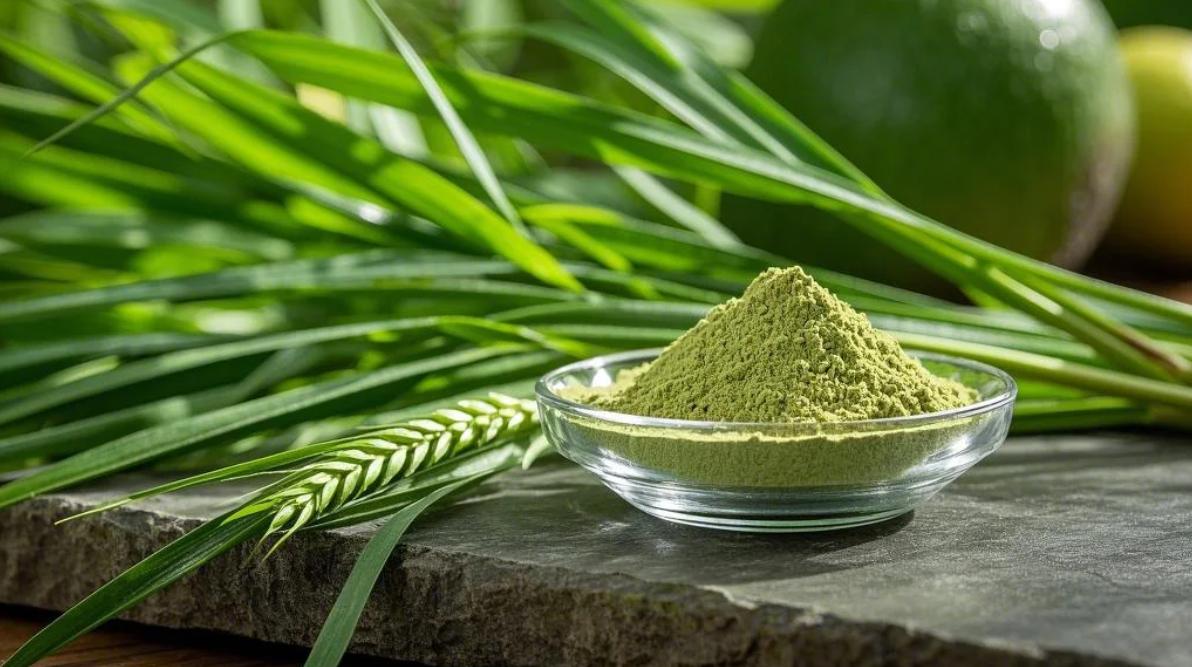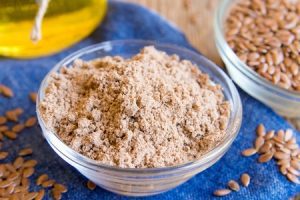Table of Contents
1. The Science of Extraction: How Plant Lineage Shapes Functional Efficacy
Not all inulin is created equal. The botanical source dictates its molecular structure, prebiotic potency, and industrial applications. Recent studies
1 comparing inulin extracts from Dahlia, Yam, and Gembili tubers revealed critical differences:
- Dahlia Tubers: Yield the highest inulin content (up to 20% by dry weight) with long-chain fibers (DP 10–60), ideal for stimulating Bifidobacteria growth in gut health products.
- Jerusalem Artichoke (菊芋): Rich in minerals (e.g., potassium, iron), its medium-chain inulin (DP 15–25) enhances texture in plant-based dairy alternatives while costing 30% less than chicory-derived variants.
- Chicory Root: Europe’s gold standard for purity (95.5%), its short-chain fractions (DP 2–10) dominate pharmaceutical coatings and infant nutrition (excluded in China due to regulatory restrictions).
Sustainability Edge: Solar-dried chicory processes reduce CO₂ emissions by 40%, while regenerative intercropping of Jerusalem artichoke with legumes cuts synthetic fertilizer use by 50%.
2. Biotech Breakthroughs: Redefining Inulin’s Role Beyond Fiber
The global inulin market, projected to reach $3.14B by 2032, is fueled by cross-industry innovations:
- Drug Delivery: Inulin’s thermal stability and hypoallergenicity make it a carrier for mRNA vaccines (e.g., Pfizer’s tropical climate formulations) and dry powder inhalers. Spray-freeze drying techniques optimize particle size (1–5 μm) for lung-targeted therapies.
- Beauty & Wellness: Agave-derived inulin, with its low glycemic index (GI), mimics hyaluronic acid’s moisture retention in anti-aging serums, piloted by L’Oréal.
- Cultured Meat: As a carbon source in lab-grown meat media, inulin slashes production costs by 25% while enhancing cell viability.
AI-Driven Customization: Startups like GutFuel use machine learning to tailor inulin blends for personalized glycemic control, targeting the $12B diabetic nutrition sector.
3. Regional Dynamics: From Farm to Global Markets
| Region | Key Source | Market Driver |
|---|---|---|
| Europe | Chicory Root | Nestlé’s gut-health cereals and EU’s Farm-to-Fork circular economy mandates. |
| Asia-Pacific | Jerusalem Artichoke | China’s “Healthy China 2030” policy drives 30% adoption in probiotic yogurts. |
| North America | Agave & Dandelion | Keto-friendly snacks and clean-label demand propel 22% CAGR growth. |
Emerging Frontiers: Bangladesh and Vietnam are becoming hubs for cost-efficient inulin extraction, reducing EU supply chain lead times by 50%.
4. Consumer Education: Overcoming Barriers to Adoption
Despite its benefits, 60% of global consumers remain unfamiliar with inulin
9. Strategic solutions include:
- Transparent Labeling: Brands like Beyond Meat highlight inulin’s role in reducing added sugars by 50% in plant-based sauces.
- Dosage Guidance: Starting with 5g/day to minimize bloating, gradually increasing to 15g for optimal prebiotic effects.
- Regenerative Storytelling: Blockchain QR codes trace inulin from organic菊芋 farms to carbon-neutral factories, appealing to ESG-conscious buyers.
5. Future Horizons: The 2030 Vision
- Precision Nutrition: Gut microbiome sequencing will enable AI to recommend inulin blends tailored to individual microbial profiles.
- Waste-to-Inulin Systems: Upcycling agricultural residues (e.g., corn husks) into inulin could offset 1.2M tons of CO₂ annually by 2035.
- Neuroprotective Therapies: Early studies link inulin fermentation to increased brain-derived neurotrophic factors (BDNF), potentially mitigating Alzheimer’s risk.
Why Inulin Wins the Future
Organic inulin is more than a prebiotic—it’s a multidisciplinary catalyst for health, sustainability, and technological innovation. Whether sourced from chicory’s meticulous European farms or China’s regenerative Jerusalem Artichoke fields, it bridges ancient botany with cutting-edge science. As Nestlé and Coca-Cola reformulate with inulin, this versatile biopolymer is redefining how we eat, heal, and thrive.

